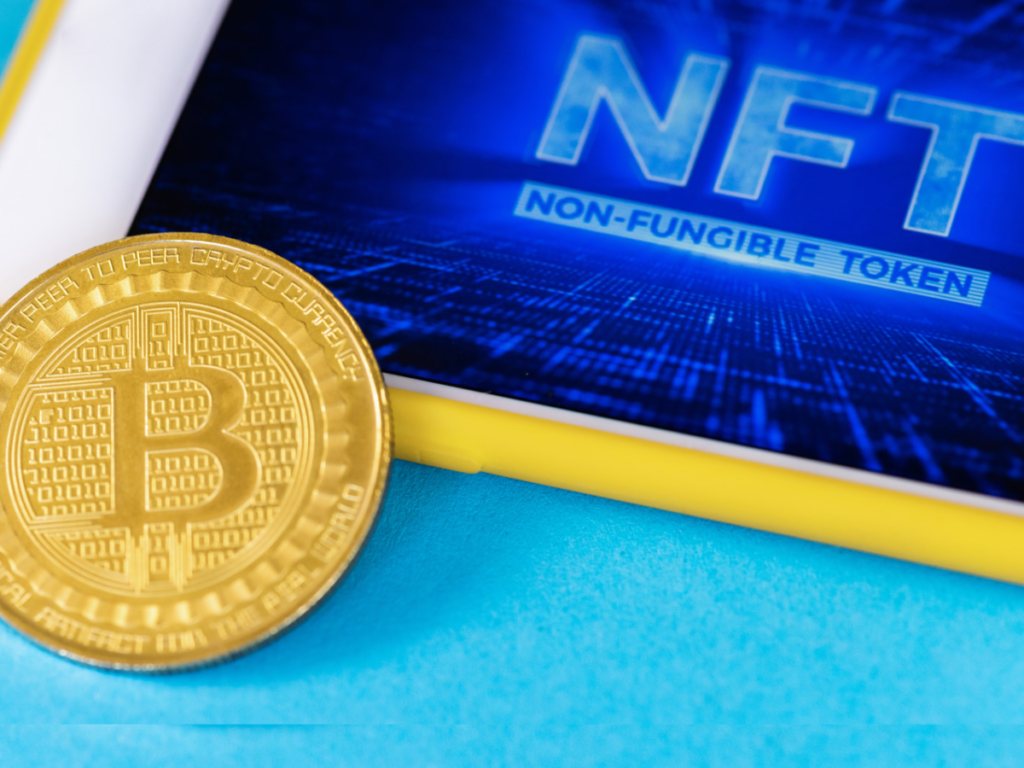In the past three months, over one million NFT equivalents called Ordinals have been created on the Bitcoin blockchain.
Since Ordinals began three months ago, the Bitcoin blockchain has over one million NFT equivalents. As of 8 April, Dune.com reported over 1,000,000 Ordinals inscriptions, nearing 1.1 million. It is vital to remember that until March 21, they had been slowly expanding without a dramatic boom, and from March 21 to April 1, they had even slowed. 680,000 to 1,050,000 in nine days in April. Since its inception, 15,000 new Inscription Ordinals have been created daily.
Non-Fungible Tokens on Bitcoin Transaction Fees
The effect on fees is one of the primary issues with this program.
Unlike the Lightning Network, inscriptions must be made and exchanged on-chain.
Because the Bitcoin blockchain supports a limited number of daily transactions, a large number of Ordinal transactions might significantly increase on-chain BTC transaction fees.
Ordinals transaction fees were only high in February and March 22–25. After that, they rarely exceeded 5 BTC per day.
Ordinals did not cause the Bitcoin blockchain’s average transaction cost to rise considerably until March 23.
Back then, bitcoin’s price spiked from $28,500 to $26,700 in seconds. Thus, earlier BTC transactions affected Ordinals’ fees, not vice versa.
Ordinals transaction expenses have averaged less than 1 BTC each day for three days. While it has fallen from March, the average Bitcoin blockchain transaction cost is still around November 2022 levels and only slightly lower than May 2022.
It is sufficient to note that just over $5 million in fees have been paid for Ordinals transactions to date, which is a very small portion of the fees paid for BTC transactions.
The most popular varieties of Non-Fungible Tokens (NFTs) developed
Unexpectedly, text tokens are the most frequent Ordinals inscription, followed by pictures.
Images dominated February, but textual inscriptions now lead.
Unlike true Non-Fungible Tokens (NFTs), which are codes connected with a file on Ethereum, Bitcoin inscriptions are actual text, images, videos, and other formats recorded on the blockchain.
Though technically not NFTs, they act like file-associated NFTs.
Text makes up 48 percent of all Ordinals created so far. PNG graphics come in second at 34.5%, and webp images come in at 9%.
The totals for the ordinals
These numbers indicate that Ordinals have been a success—possibly even better than expected—but that there has been no boom.
NFT trading volumes on Ethereum are still higher, even though the NFT market is not doing well.
Thus, the launch’s success—possibly even greater than expected—does not mean the Ordinals market has taken off.
Before assessing it, the NFT market should improve to establish how competitive it is with Ethereum and other popular chains.
Polygon, an Ethereum layer 2 with lower costs, may be the best chain to compete with Ethereum in this aspect.
The median Bitcoin blockchain transaction costs $1 and the average $2. This is cheaper than Polygon but more expensive than Ethereum.












